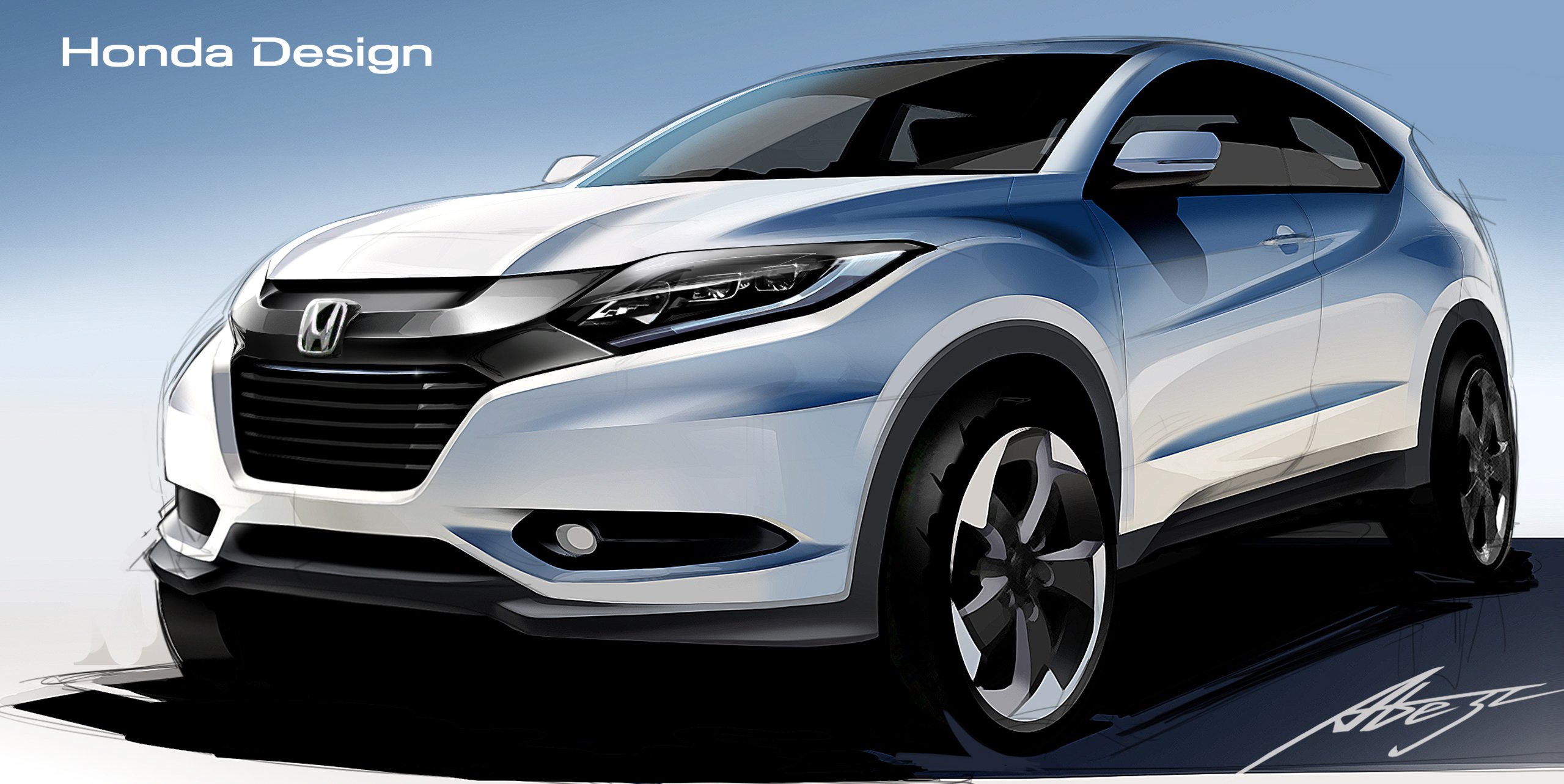

Unlike the Kia and RAV4, there wouldn't have been anywhere to store it in the CR-V, meaning I would've tested it with and without the cargo cover in place. The CR-V is available with a cargo cover, but this test car didn't come with it. The cargo floor certainly doesn't double as a picnic table with a drainable compartment below as in the first- and second-generation CR-Vs. This is illustrative of the fact that the CR-V's cargo area is voluminous but not clever in any way. There is some storage on the sides, but it's not particularly useful and consists of hard, slippery plastic. Basically, while the presence of a spare tire doesn't impact cargo versatility, it does obviously mean you don't have a spare tire. The Sportage Hybrid and RAV4 Hybrid do have spare tires despite packing batteries, while the Tucson Hybrid does not. This is also the case for the CR-V hybrid, which I tested, but it also does not have a spare tire. The CR-V has a fixed cargo floor, meaning that unlike the Sportage, Tucson, RAV4 and many others, you can not lower the floor to achieve extra space. Before getting to the bags, let's talk about a key point of difference between the gas-only CR-V, the CR-V hybrid, and various competitors. We're ultimately talking very minor differences here. Please don't construe these tests and results to mean I advocate that bigger is better. If the CR-V has provided enough cargo capacity for you in the past, it will continue to do so in the future. All that said, the CR-V can still swallow far more luggage than I own, which is the norm for this segment. Drop the seats down, and it's in fact the overall cargo king at 76.5 cubic-feet, but in my opinion, that number is only useful if you intend to fill up the entire rear cabin to the roof with ping pong balls. So, ah, spoiler alert? The specs say it has 36.3 cubic-feet of cargo space behind the second row regardless of powertrain (more on that later), which is indeed less than the Tucson, Sportage and Toyota RAV4 (a future luggage test will confirm that, spoiler alert again).

My luggage test of the Tucson and Sportage confirmed that, as did this one. The ballooned Hyundai Tucson and Kia Sportage surpassed the previous-generation CR-V, and continue to outpace the new generation. The Honda CR-V used to have the largest, most versatile cargo area in the compact SUV segment.


 0 kommentar(er)
0 kommentar(er)
